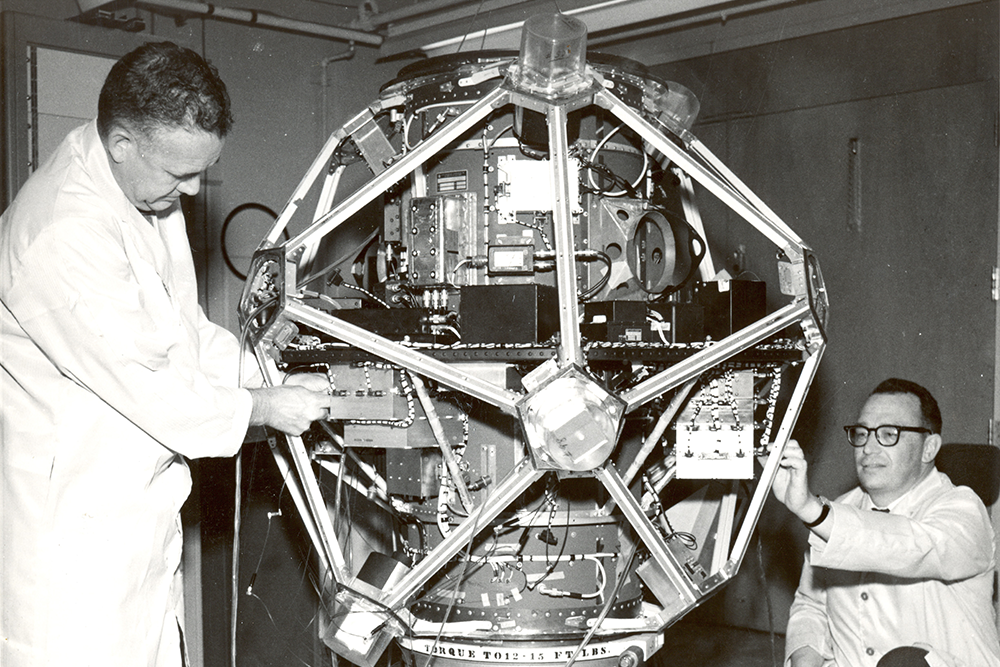
Sixty years ago this week, on Oct. 16, 1963, the United States launched a pair of satellites whose primary purpose was to determine the feasibility of using satellites to detect nuclear detonations in outer space. The satellites were part of the Vela program, initiated in 1959 to provide a nuclear detonation detection capability to verify compliance with nuclear treaties. The treaties weren’t in place yet in 1959, but negotiations for a nuclear test ban treaty had been underway since the mid-1950s. By 1958, at talks in Geneva, the ability for all sides to verify compliance with any test ban was clearly identified as a major sticking point.
Background
Late in 1958, after the United States, United Kingdom and Soviet Union had entered a nuclear test moratorium based only on their word, there was some concern that testing might continue but be hidden. A group called the Panofsky Panel, assigned by the National Academy of Sciences to look into the possibility of using surveillance satellites to detect nuclear detonations, concluded it was feasible. The Atomic Energy Commission asked each of its weapon laboratories to pursue the issue. In August 1959, Sandia formed its group, the Buzzer Committee.
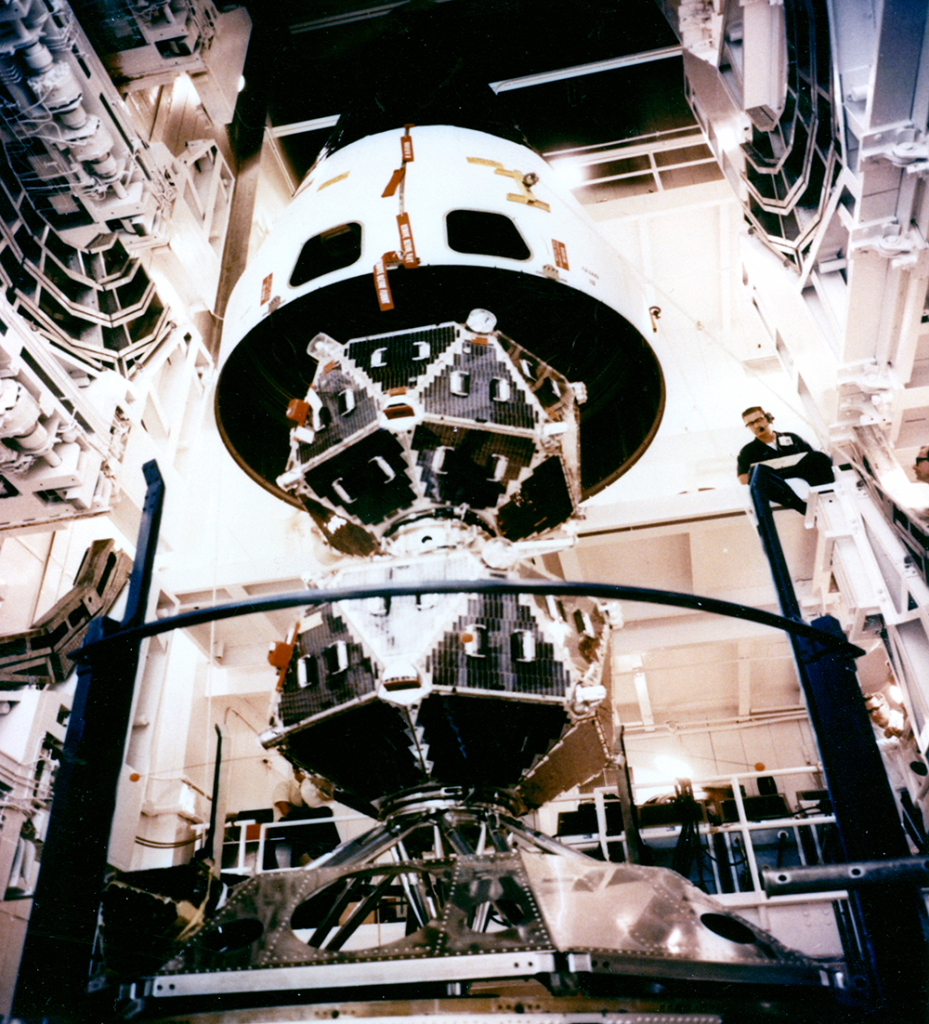
At the same time, the Department of Defense’s new Advanced Research Projects Agency was conducting a similar, but broader study. The agency’s program, called Vela, pursued technology to monitor nuclear detonations in space, at ground level and underground. The space-monitoring satellite portion of the project was called Vela Hotel.
Later that year, the Atomic Energy Commission and Department of Defense efforts merged under the Advanced Research Project Agency’s Vela Satellite Program. Within that program, the Air Force Space Systems Division oversaw satellite design, manufacture and launch, while the Atomic Energy Commission developed and provided the instrumentation for monitoring and detecting nuclear detonations.
While satellite work was underway, negotiations for a permanent nuclear test ban continued. The test moratorium ended Sept. 1, 1962, when the Soviet Union resumed testing, followed quickly by the United States. But negotiations continued. On Aug. 5, 1963, the Partial (or Limited) Test Ban Treaty was signed in Moscow by the United States, United Kingdom and Soviet Union. The treaty banned nuclear weapon tests in the atmosphere, in outer space and under water. Congress advised ratification on Sept. 24, President Kennedy ratified it on Oct. 7 and it entered into force on Oct. 10, 1963. A week later, the first Vela satellites to monitor nuclear detonations were launched.
First launch
The first Vela pair was lifted into space by an Atlas-Agena space booster that placed it in a slightly elliptical orbit about 60,000 miles above the earth. The pair then separated, and a rocket motor in the center of each satellite moved it into its own circular orbit, positioning the pair 180° from one another on opposite sides of the Earth.
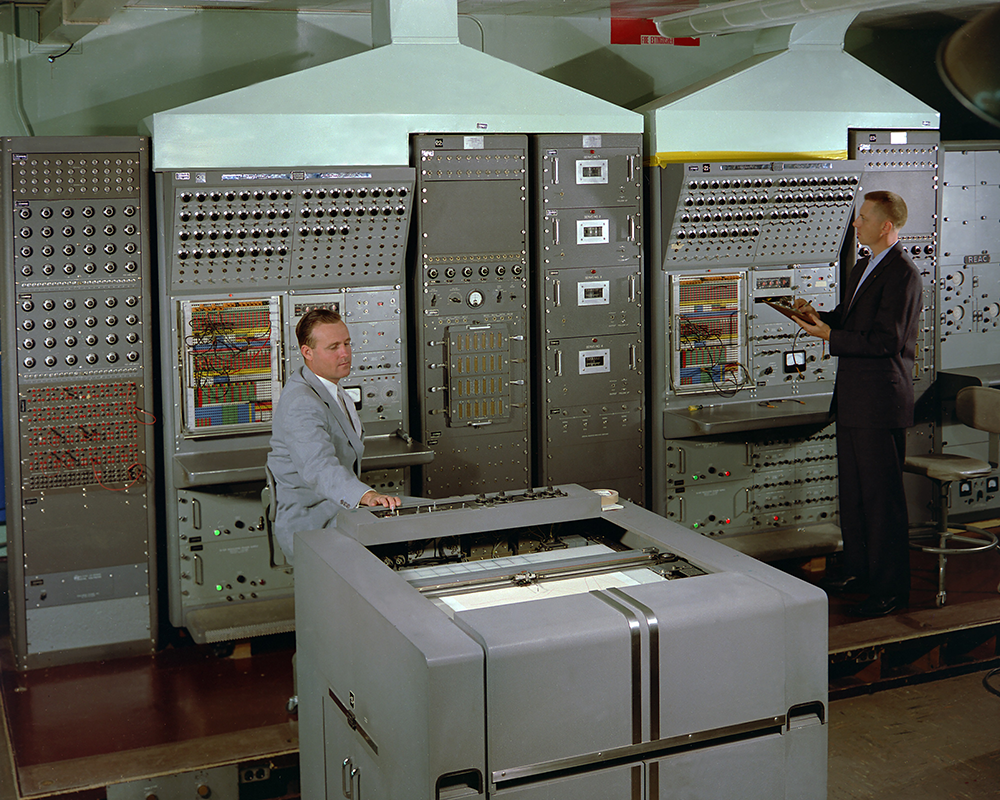
The satellites and their payloads were complex systems — about five feet tall, weighing over 400 pounds and carrying about 14,000 solar cells and 40,000 electronic components. Each satellite in the pair was an icosahedron, with 19 sides holding solar power panels and the 20th serving as the rocket motor exhaust area.
Los Alamos designed the sensors to detect nuclear detonations; Sandia was responsible for the logic system and the prelaunch test capability. TRW Systems Group, a division of Thompson Ramo Wooldridge Inc., was tapped by the Air Force to produce the satellites themselves and provide the communications and power systems.
Over the course of the Vela program, Los Alamos designed and produced the X-ray, gamma ray and neutron radiation detectors. Each corner of each satellite held a radiation sensor. The data obtained from the Los Alamos sensors fed both the potential detection of a nuclear detonation in space and the understanding of the space background. Gamma ray astronomy was born in Vela research.
The Sandia-designed logic system on each satellite included more than 23,000 components. Bill Goldrick, who worked on satellites from 1959 throughout his career, later noted that the logic system was state-of-the-art at the time, but seemed rudimentary later.
“These were not even hybrid circuits,” he recalled. “They were quarter-watt resistors and capacitors and so on.”
Six months after the first Vela launch, Lab News reported on the satellites’ success, noting that redundant systems built for backup had never been needed during the more than 20 million transistor hours that were logged. Data transmission to the ground stations was successfully continuous for the first weeks and then successfully switched to a periodic schedule with additional on-demand reporting. Six months into the program, more than two billion bits of information had been transmitted.
Moving forward
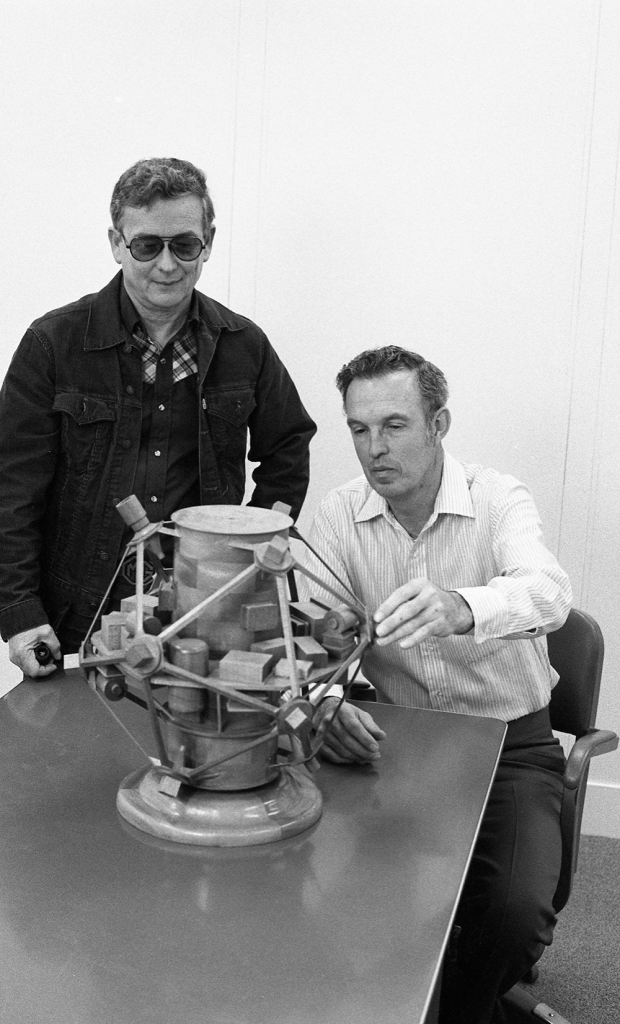
The original plan was to do more launches of the original design, but designers envisioned expanded capabilities that were implemented over time. Each subsequent Vela pair launched was more sophisticated than its predecessors.
By the third launch, the Los Alamos sensors were sophisticated enough to finely distinguish background radiation and to support research on sources of charged particles that moved into the Van Allen radiation belts, among other questions.
Sandia was starting to use more sophisticated solid-state devices in field test instrumentation and pursued them for Vela. Labs Vice President Glenn Fowler later noted that, “Their low power consumption and ability to withstand cold temperatures in space made them ideal for Vela.”
By the third Vela launch in July 1965, Sandia used Texas Instruments integrated circuits designed for NASA in a few of the logic system components, significantly reducing their size. Subsequent designs turned even more to integrated circuits.
A turning point was reached with the fourth pair of Vela satellites, launched in April 1967 atop a Titan III C. These were polyhedrons weighing 730 pounds, each with 26 sides, of which 24 held triangular solar cell panels. TRW made significant improvements in attitude control. The first three pairs were spin stabilized, while the fourth used reaction wheel systems.
The Los Alamos-designed instrumentation included eight X-ray sensors and four gamma-ray detectors on a band around the satellite’s center. Los Alamos also provided neutron detectors and new experiments, including a charged-particle analyzer and a solar-proton telescope for measuring background radiation. The telescope was particularly interesting at the time for detecting increasing solar activity as the sun moved into the active portion of its 11-year cycle.
In addition to the electronic systems, Sandia also provided new electromagnetic pulse detectors and optical detectors based on the bhangmeters used in atmospheric nuclear testing to observe a nuclear burst. Sandia-designed data processing electronics also supported the new detectors. For the first time, the satellites would look earthward and be able to detect nuclear detonations deep in the Earth’s atmosphere, as well as shielded detonations and those behind the Moon.
Vela V and V-B satellites were launched in 1969 and 1970, respectively. They were nearly identical and remained Earth oriented. They continued to feed basic research, as well as monitor for nuclear detonations. Los Alamos announced in July 1969 that the Vela V satellites had located a new galactic X-ray source, SCO XR-1.
Vela ends
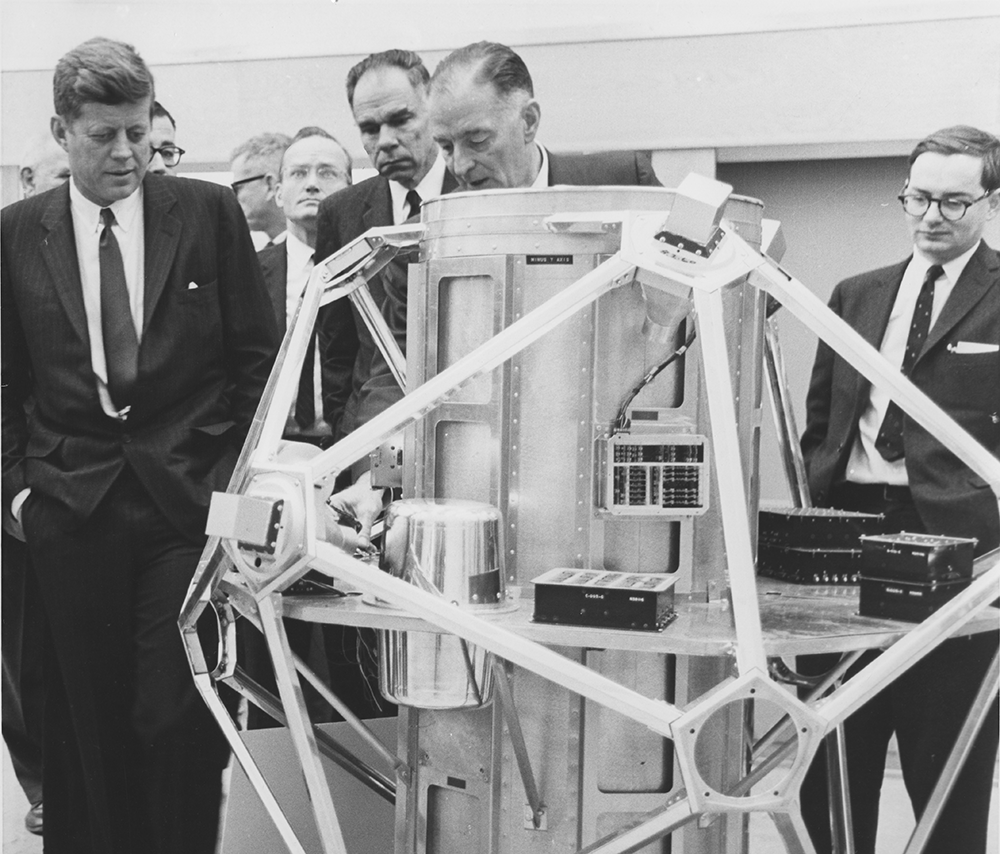
In March 1971, the Vela program moved from the Advanced Research Project Agency to the U.S. Air Force. The program was considered complete, and the announcement of the change included the observation, “We believe we have now met our technical objectives.”
On Sept. 27, 1984, the last of the Vela satellites were turned off. Sandia and Los Alamos both continued to work on nuclear detection monitoring, supporting subsequent satellite payloads, as well as related nonsatellite efforts.
Over the years, the Vela satellites were noted frequently for their reliability, which was commented upon while they were flying and in subsequent years. Sandia took pride in its own 100% quality check of the payloads it developed, as well as the ground checkout equipment designed to test the payloads and satellite operations repeatedly prior to launch. There were no failures.
